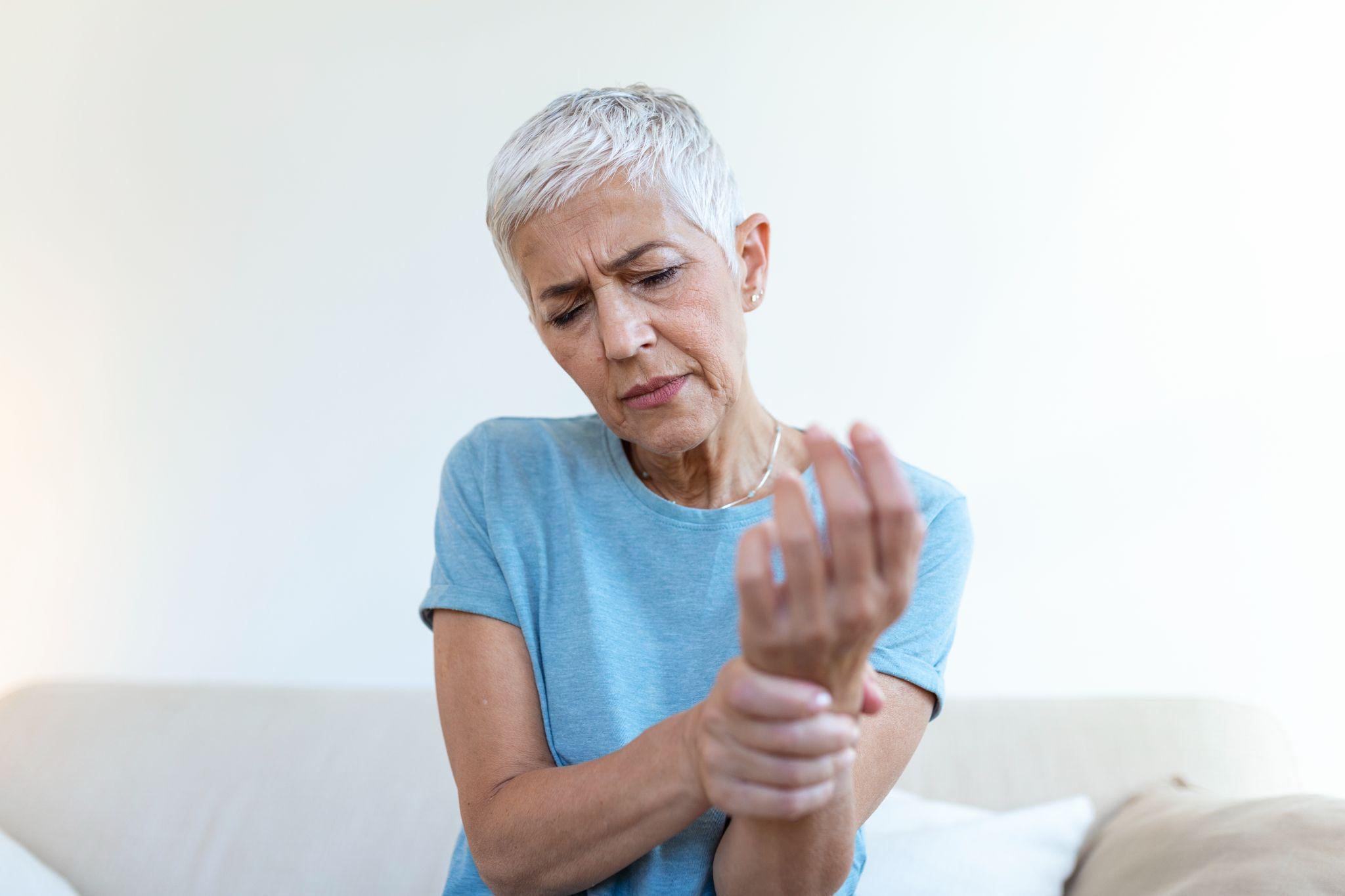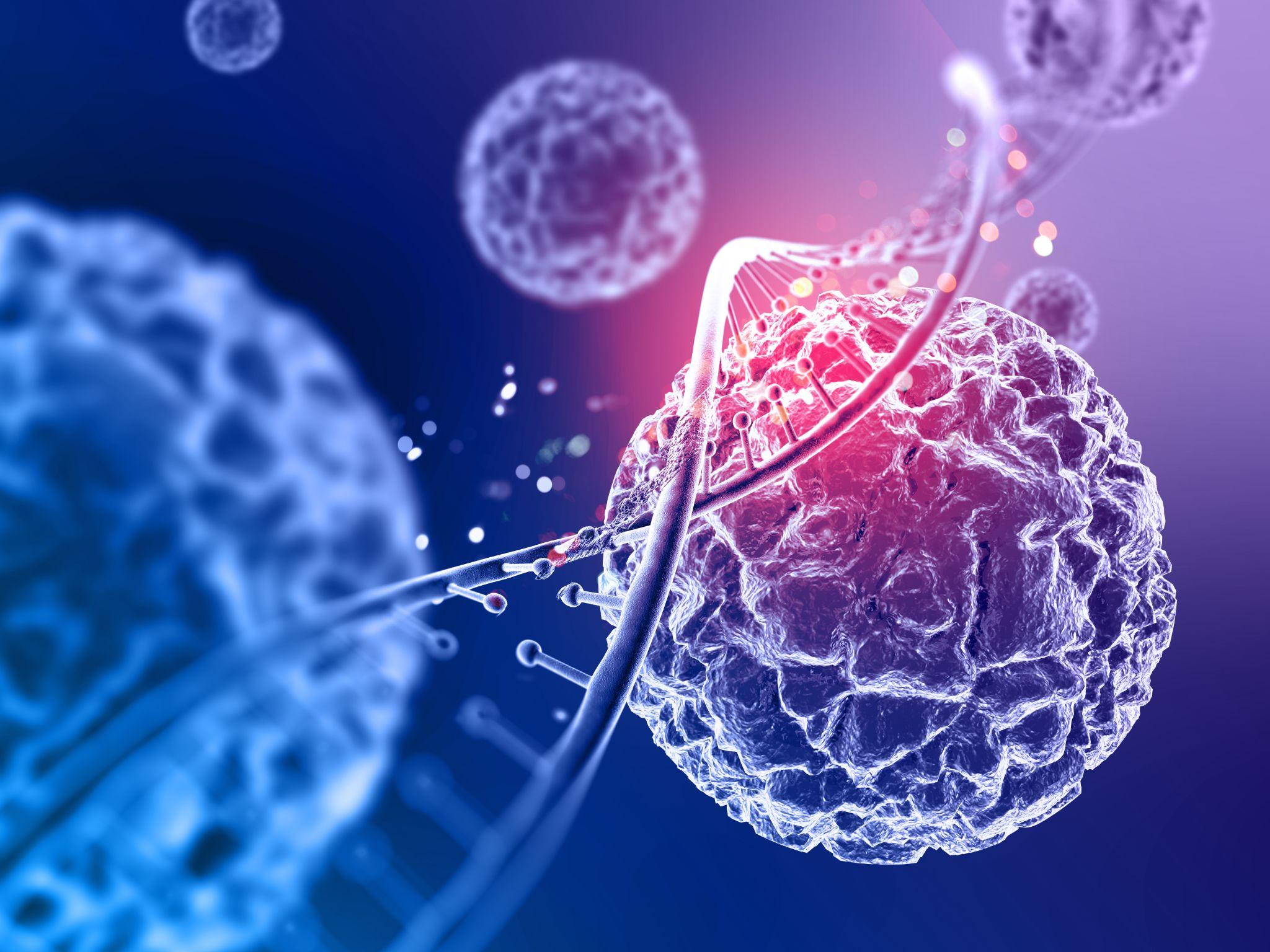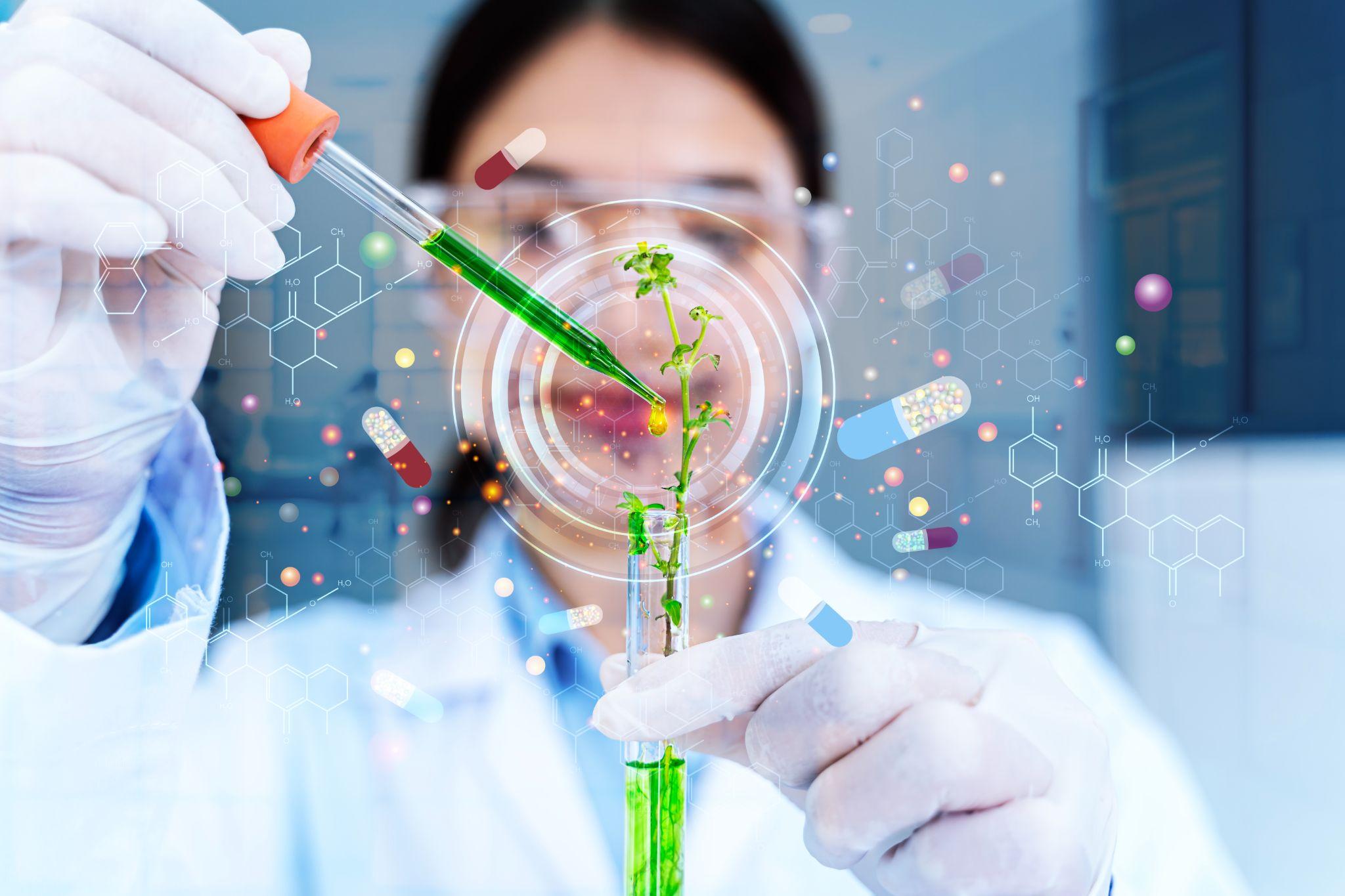Biologics in Orthopedics: Are They the Future?

Biologics in orthopedics refer to natural substances that help enhance the body’s ability to heal bone, cartilage, muscle, and tendon injuries.
Orthopaedic diseases like fractures, arthritis, and sports injuries are common in millions of individuals globally. They generally cause pain, stiffness, and restricted movement. Traditional treatments such as pain medication, physiotherapy, and surgery benefit most patients, but healing is long and incomplete at times.
Over the last few years, a new type of medicine called biologic has emerged. Biologics work with the natural components of the body, including stem cells and blood cells, to help heal and eliminate pain. Unlike drugs that simply work on symptoms, biologics repair tissue damage and aid long-term recovery.
This concept of harnessing the body's ability to heal is under regenerative medicine, and it's really popular in orthopedic practice these days. Let's discuss the mechanism by which biologics work, their advantages and disadvantages, and if they are indeed the orthopedic care of the future.
What Are Biologics in Orthopedics?
In other words, biologics are either made from the body of the patient or produced in a laboratory to assist in healing bones, joints, muscles, and tendons. Rather than merely alleviating pain, they help the body heal itself.
The most widely used biologics in orthopedics are:
Platelet-Rich Plasma (PRP):
- Processed using the blood of the patient.
- Platelets are concentrated and injected into the injured area.
- Assists in tissue healing and has anti-inflammatory effects.
Stem Cell Therapy:
- Uses special cells that can transform into other tissues.
- Harvested from bone marrow or fat and injected directly into injured joints.
- Repairs injuries and restores cartilage.
Bone Marrow Aspirate Concentrate (BMAC):
- Occurs from bone marrow.
- Includes stem cells and growth factors.
- Induces bone and soft tissue healing.
Growth Factors and Cytokines:
- Signaling proteins that instruct cells to repair and restore.
- Often injected with PRP or stem cells.
How Do Biologics Function in Healing?

Biologics are used in treating osteoarthritis, ligament injuries, tendon tears, and bone fractures.
Biologics work by initiating and activating the body's own system of healing.
- Enhancing repair system: Biologics initiate the activity of cells that repair cartilage, bone, and tendons.
- Spurring tissue growth: Stem cells can transform into bone, cartilage, or muscle cells and tend to replace damaged tissues.
- Decreasing pain and swelling: Growth factors and PRP decrease swelling, subsequently decreasing pain and enhancing movement.
Specific uses:
For bone repair, biologics assist in creating new bone.
For cartilage repair, they stimulate new cartilage development, which is helpful for arthritis.
In healing tendons and ligaments, they accelerate repair after injury, such as ACL tears.
This renders biologics not just a pain management device but indeed a healing agent.
The Advantages of Biologics in Orthopedic Treatment
Biologics possess numerous advantages over conventional treatments:
Quicker Recovery:
Patients heal within weeks, not months.
Avoid or Delay Surgery:
For small injuries or early arthritis, biologics may decrease the necessity for joint replacement.
Pain Relief and Increased Mobility:
Through decreased inflammation, patients have increased mobility with reduced pain.
Fewer Risks of Complications:
Since PRP and stem cells typically draw them from the body itself, the risk of rejection is very low, as is the risk of allergy.
Increased Long-Term Healing:
Unlike painkillers that cover up pain, biologics actually repair tissues, resulting in more long-term effects.
Current Uses of Biologics
Biologic treatments help reduce pain and inflammation without the need for strong medications.

Biologic treatments help reduce pain and inflammation without the need for strong medications.
Doctors are already using biologics for many orthopedic ailments:
Sports Injuries:
- Tendonitis (e.g., tennis elbow).
- Muscle ruptures.
- Ligament damage (ACL, MCL).
Arthritis:
- Most effective for early to moderate osteoarthritis of the knee.
- Reduces stiffness and enhances walking ability.
Fracture Healing:
- Used for slow fracture healing or non-unions.
Spinal Disorders:
- May relieve degenerative disc disease.
Post-Surgical Recovery:
- Enhances recovery from procedures such as knee replacement or ligament reconstruction.
- Biologics are gaining popularity among athletes and older patients who desire quicker, safer healing.
Limitations and Challenges of Biologics
While tempting, biologics are not without flaws.
- Not a Magic Cure: Outcomes are not guaranteed; some recover, others improve very little.
- Limited Evidence: Additional clinical trials must be done to establish long-term outcomes.
- Cost: Treatment, like stem cell treatment, is quite costly and may not be insured.
- Access to Advanced Facilities: All equipment necessary for the preparation and delivery of biologics is not available in all hospitals.
- Ethical Problems: Cell therapy sometimes poses some ethical problems, particularly when cells are not donated from the patient's own body.
Orthopedic Biologics in the Future
The future of biologics is extremely bright due to research being conducted continuously.
- 3D Bioprinting: Researchers are trying to print cartilage and bone tissues.
- Gene Therapy: May enable more precise control over how cells grow and repair.
- Tissue Engineering: Using biologics combined with artificial scaffolds to reconstruct damaged joints.
- Personalized Therapy: Biologics tailored to match the unique body and situation of every patient.
In the next few years, joint replacement surgeries will enable faster recovery following injury.

Conventional treatments merely suppress pain and control symptoms. Biologics target to heal the underlying cause by naturally repairing tissue.
Safety Precautions
Although biologics are safe, certain precautions must be taken by patients:
Consult Experts: Always be treated by an experienced orthopedic physician.
Who Shouldn't Take Biologics:
- Individuals with very severe arthritis.
- Individuals with extensive joint destruction for whom surgery is not an option.
Possible Risks:
- Minor pain or swelling at the site of injection.
- Infrequent infection.
- No notable improvement in some cases.
- Regulations: Support by FDA and ICMR regulations ensures safety and appropriate use.
Conclusion
Biologics are revolutionizing the practice of medicine for orthopedic physicians when dealing with conditions of the bones, joints, and muscles. Biologics are not merely painkillers but healing in a simple, natural manner. Though biologics are not going to render surgery unnecessary, they are able to delay it, accelerate recovery, and enhance the quality of life.
At present, they are most appropriately utilized in early arthritis, sports trauma, and fracture healing. As research and technology have advanced, biologics have the potential to be the orthopedics of the future and revolutionize patients' lives worldwide.
Frequently Asked Questions
1. What are biologics in orthopedic treatment?
Biologics are natural products like PRP, growth factors, and stem cells that are applied to enhance the body's own healing ability. They are applied to heal muscles, bones, and joints.
2. Do biologics cure arthritis and joint pain?
Yes, biologics such as PRP injections and stem cell therapy do address early to mid-arthritis. They decrease pain, increase mobiliperhaps slow the time to joint replacement. But in advanced arthritis, surgery may still be necessary.
3. Is orthopedic biologic treatment safe?
Biologic therapies are extremely safe since they have a tendency to work with the body's own cells. Swelling, redness, or a minor infection can cause mild side effects, but serious complications are extremely unlikely when performed by professionals.
4. How much does biologic therapy in orthopedics cost?
The price varies with the hospital and the biologic. PRP injections will generally be less expensive, while stem cell therapy will be more expensive. Insurance for these procedures is not yet available in most plans.
5. Can biologics replace surgery in orthopedics?
Biologics will postpone or lessen surgery needs, particularly in conditions such as early arthritis or sports injuries. Yet, in well-established conditions with very serious joint damage, surgery remains the best choice.
6. What is in store for biologics in orthopedic therapy?
With further development in regenerative medicine, biologics can be a part of day-to-day therapy. Technologies like 3D bioprinting and gene therapy can help make biologics more effective and available in the times to come.